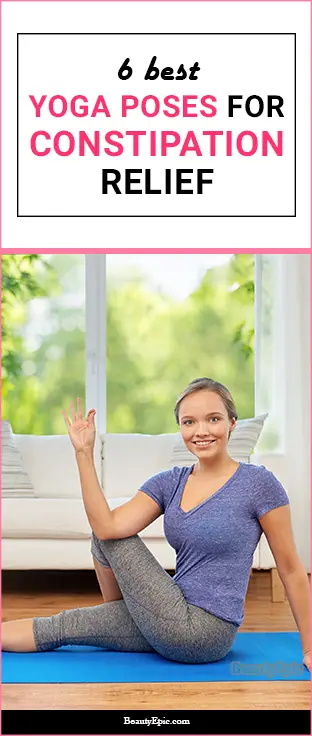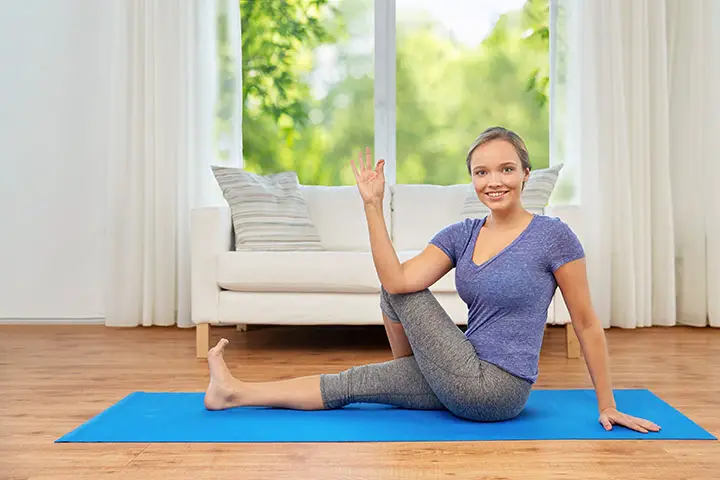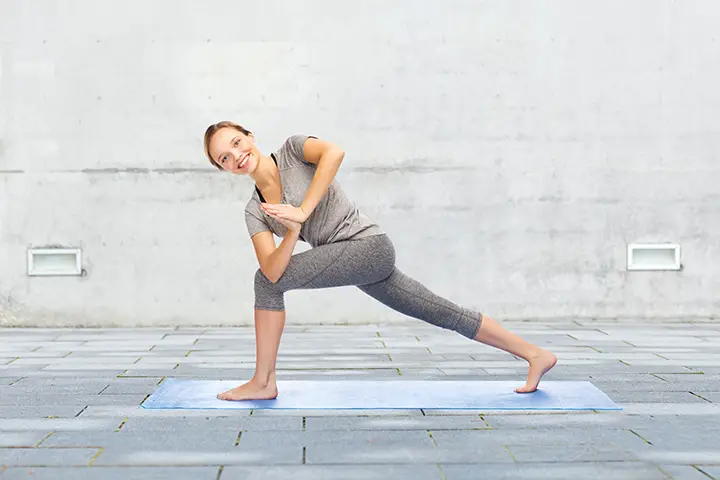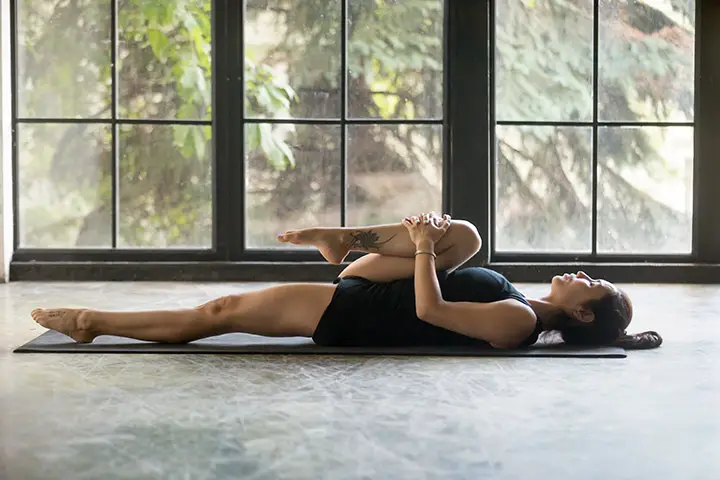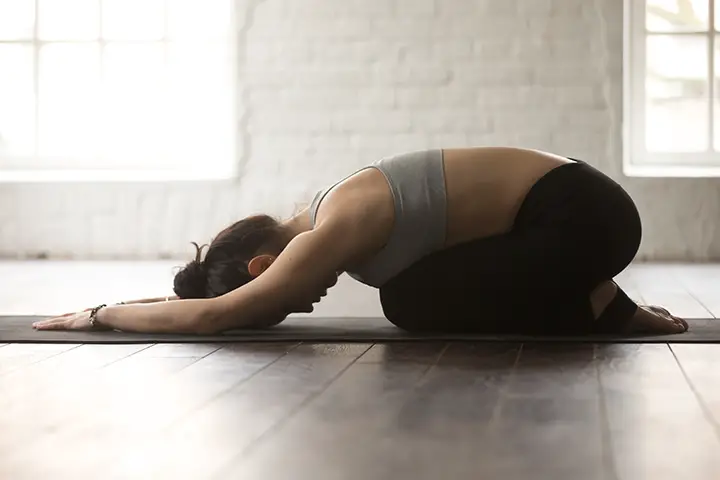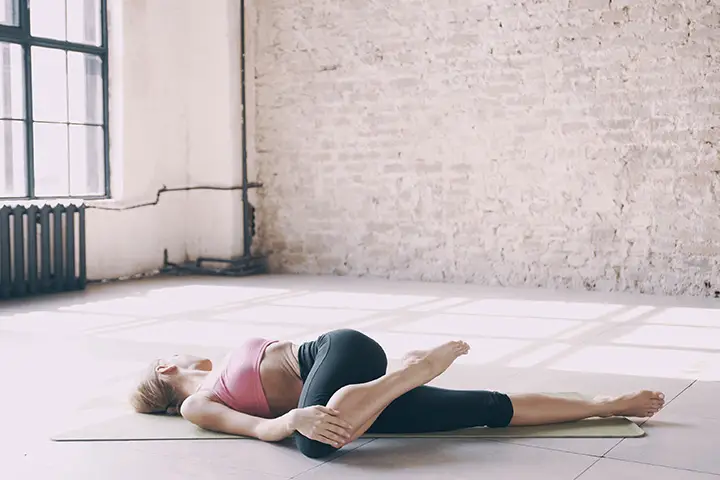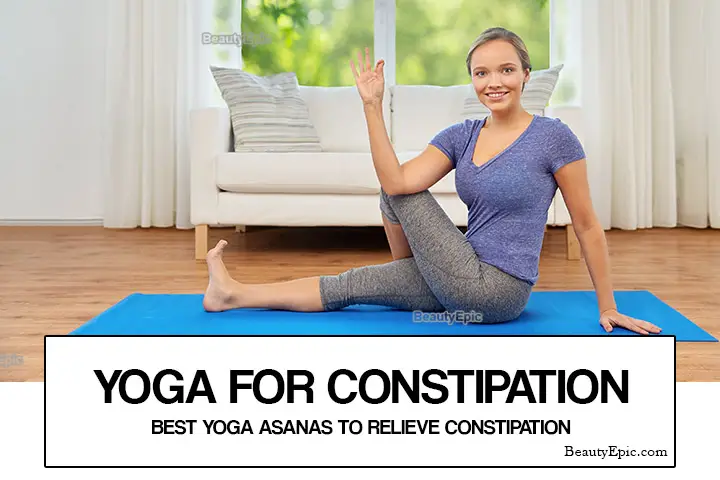
Important: This article is for informational purposes only. Please read our full disclaimer for more details.
Constipation is one of the leading sickness condition that many people have suffered from. Ranging from stomach pain to comfortableness, constipation signs and symptoms can last a number of days even after taking some medication. Taking a balanced diet that contains roughage is perhaps the best decision that doctors have been advising the affected victims to do but still, the people continue experiencing the same effects daily.
Latest statistics reveal that around 6.5 million citizens in the UK undergo constitution daily. Likewise, the prevalence of the same condition in the US is estimated to range from 20% to 28% of the total adult population. However, the most probable solution to this condition is attending yoga exercises. Over 90% of individuals that attend yoga have never been diagnosed with constipation meaning that it effectively facilitates the digestion process. Discussed below are the 6 best yoga poses for constipation relief.
6 Best Yoga Asanas to Relieve Constipation
1. Ardha Matsyendrasana
This is a sited yoga pose that involves twisting of the abdomen and the belly.
How to do:
- Sit upright on a soft mat that is placed on a level surface. Start by bending the left leg and placing it on the surface.
- Lift the right leg and step it on the surface over the bent leg but it should coincide with the thigh of the bent leg.
- Move the left arm and place its elbow over the right foot and the right arm on the floor, slightly behind the right back.
- Twist the body towards the right back to the maximum point you can.
How it Benefits:
- It stretches the stomach muscles, therefore, facilitating digestion.
- It also opens the shoulders and the chest.
[ Read: Weight Loss Yoga Poses ]
2. Crescent Twist
Crescent twist is a standing yoga style pose that stretches the back and stimulates organs of the lower abdomen.
How to do:
- Begin by lunging forward the left foot. Straighten your right leg backwards and place the hands in a prayer pose around your chest.
- Rotate your body towards the lunged foot until the right elbow goes over and beyond it.
- Maintain posture for a while then stand down and repeat with the left foot lunge.
How it Benefits: It stimulates both the stomach and abdominal muscles which relieve the uncomfortableness.
[ Read: Yoga for Neck Pain ]
3. Wind Relieving Pose
This is the stomach massaging yoga pose for your digestive system.
How to do:
- Lie flat on a level soft surface with your back and head on the floor.
- Move the knees towards the stomach and clasp them tightly with the hands when the knees are over the chest.
- Inhale and hold your breath before straightening the right leg down to the floor.
How it benefits: It promotes digestion as a result of the contractions of the stomach walls.
[ Read: Yoga for Belly Fat ]
4. Child’s Pose
The child pose is the newbie’s yoga pose for relaxing and calming the body.
How to do:
- Go down on your knees and separate the knees slightly to align them with the hips.
- Drop your hips until they sit on the heels. Lengthen the hands back towards the direction of the toes with the forehead moving down on between the knees.
Benefits:
- This pose stretches the stomach linings, ankles, hips and thighs which relieves pain and fatigue.
- It also plays a major role in relaxing the body muscles.
[ Read: Yoga for Stronger Arms ]
5. Supta Matsyendrasana
It is a reclining yoga twist for the newbies which plays a major role in calming the mind and relieving stress.
How to do:
- Lie down with the back on the flow and straighten the hands.
- Bend the knees and move them towards the chest.
- Straighten the left foot and draw the right knee over it towards the left until the right knee touches the floor.
- Hold your breath and repeat using the left foot.
How it Benefits: The muscle contractions increase the flow of blood towards the gut which greatly helps in moving food and elimination of waste product.
[ Read: Yoga Poses to Detox Your Body ]
6. Halasana
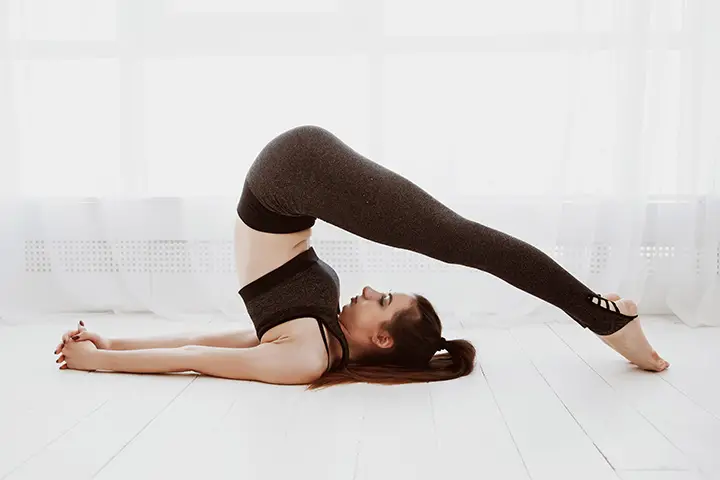
Halasana is a folded inversion yoga pose that usually comes last after other exercises and has a number of stylistic variations.
How to do:
- Lie flat on a spongy level surface with the back on the floor and begin by lifting both legs up and towards the head.
- Support the hips with the hands to push the legs until they come in contact with the surface behind the head and rest at this position for a while.
How it Benefits:
- It causes extreme contractions of the digestive tract which helps in emptying the stomach.
- It also stretches the back making it more flexible.
Yoga poses are the most effective remedy for cubbing constipation. It’s preferably important to practice the above poses rather than rushing to get medical attention simply because yoga poses are the easiest and stress-free treatment techniques for such conditions.
You Might Also Like:
- Yoga Poses for Abs
- 10 Best Foods For Constipation
- Yoga for Insomnia: 7 Yoga Poses to Help You Sleep Better
- Yoga for Constipation: 6 Best Yoga Asanas to Relieve Constipation
- Yoga for Immunity: 5 Effective Yoga Poses To Boost Your Immune System
Image:- Shutterstock
